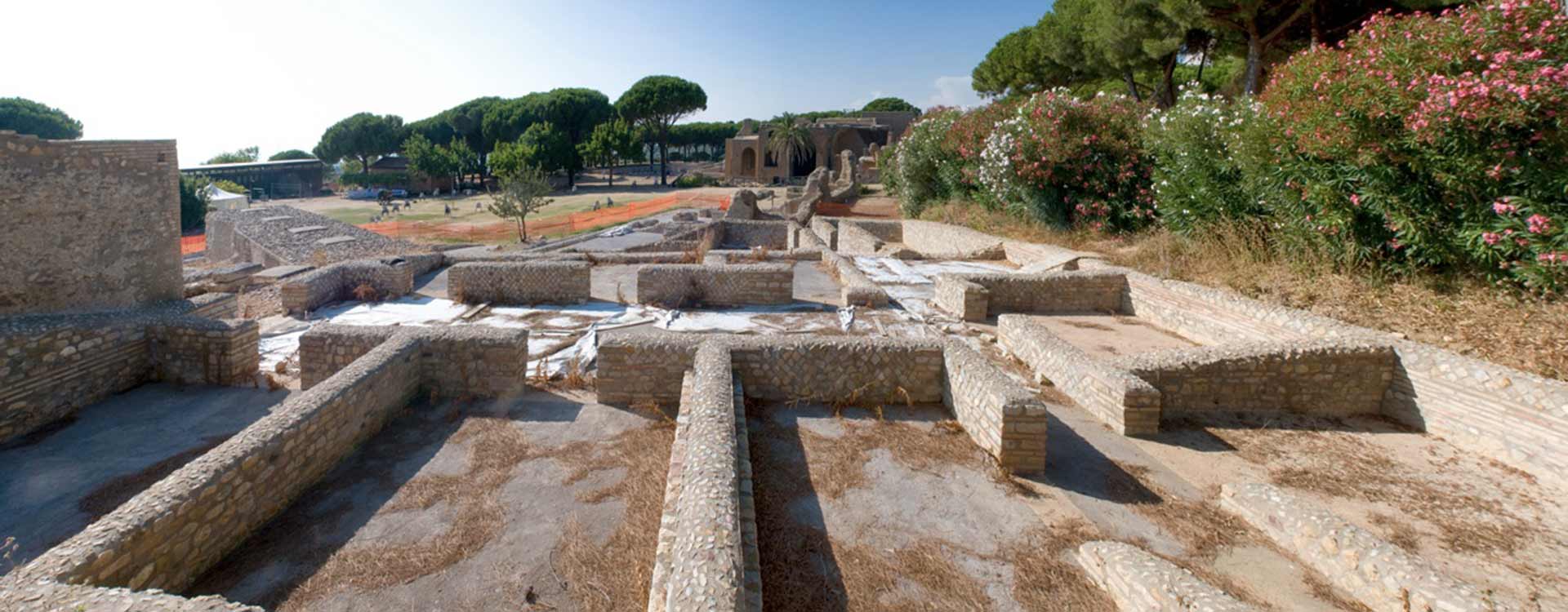Historical and Cultural Sites
Unique opportunity to privately access the Italian archaeological sites and organize your exclusive event within them. A particular and alternative combination of art and modernity to live an unforgettable moment surrounded by the history of ancient times.
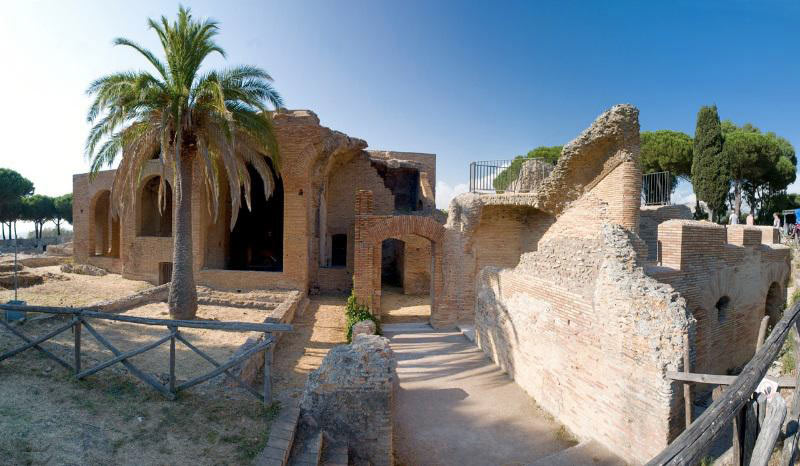
The ancient spa "Terme di Traiano"
The ancient spa Terme di Traiano, also known as “Terme Taurine”, are a former Roman spa complex located outside the Italian city of Civitavecchia. This site contains ruins dating back to the Republican and Imperial periods of Rome, with the oldest structures of the Taurine Baths built in the 1st century BC
This fantastic location, surrounded by nature and with a breathtaking view of the Lazio coast, has seen access to important names from the Roman era, including the Emperor Commodus, Emperor Hadrian and the Roman poet and politician Claudio Rutilio Namaziano
The ancient spa "Terme di Traiano"
The ancient spa Terme di Traiano, also known as “Terme Taurine”, are a former Roman spa complex located outside the Italian city of Civitavecchia. This site contains ruins dating back to the Republican and Imperial periods of Rome, with the oldest structures of the Taurine Baths built in the 1st century BC
This fantastic location, surrounded by nature and with a breathtaking view of the Lazio coast, has seen access to important names from the Roman era, including the Emperor Commodus, Emperor Hadrian and the Roman poet and politician Claudio Rutilio Namaziano

Exclusive Experiences
inside the ancient Roman spa: "Terme di Traiano"
The exclusive opportunity to experience your special event in an ancient spa center where past emperors spent their time, between business meetings and politics.
A combination of luxury, history and art as a setting for your private event.
The silence of nature, the charm of ancient ruins that still tell the life of the past, extraordinary architecture of the greatest empire in history …
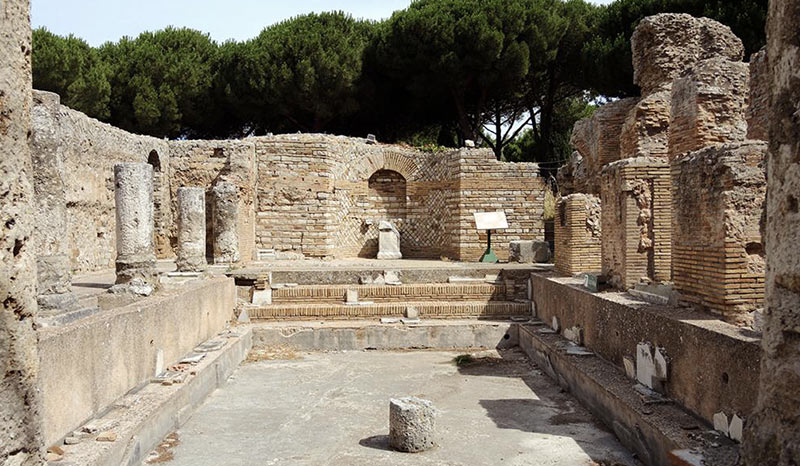
Exclusive Experiences
inside the ancient Roman spa: "Terme di Traiano"
The exclusive opportunity to experience your special event in an ancient spa center where past emperors spent their time, between business meetings and politics.
A combination of luxury, history and art as a setting for your private event.
The silence of nature, the charm of ancient ruins that still tell the life of the past, extraordinary architecture of the greatest empire in history …

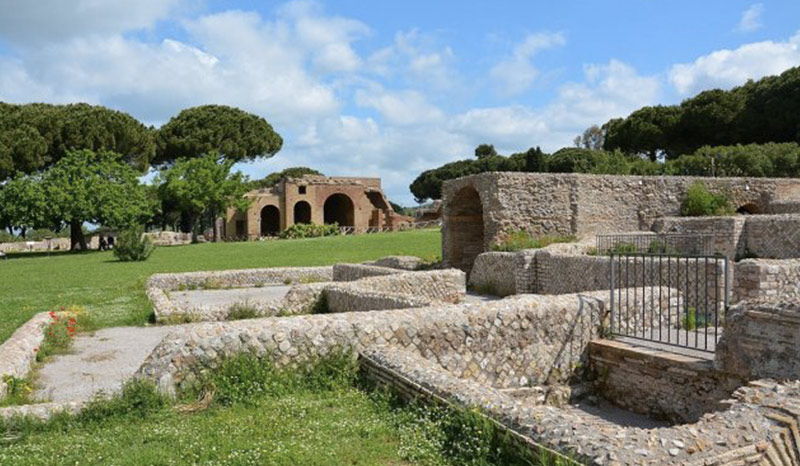
The Thermal Complex
with more than 2000 years of history.
The Taurine Baths were established for the first time on a hill overlooking Civitavecchia during the Roman Republican era in 86 BC. The bathhouse was known as Terme Taurine in reference to the nearby village of Aquae Tauri, which no longer exists. Local legend claims that the hot water source, from which the baths were fed, was created when a bull tapped its hoof on the ground, causing hot water to escape. The ruins of the Republican era at the Taurine Baths featured beauty salons, changing rooms and hot and cold pools. Many of these pools and the mosaics adorning them can still be visited. The Republican era baths also housed a sanctuary for watering the nymphs, which the Romans believed were the guardian spirits of the underground springs.
The Thermal Complex
with more than 2000 years of history.
The Taurine Baths were established for the first time on a hill overlooking Civitavecchia during the Roman Republican era in 86 BC. The bathhouse was known as Terme Taurine in reference to the nearby village of Aquae Tauri, which no longer exists. Local legend claims that the hot water source, from which the baths were fed, was created when a bull tapped its hoof on the ground, causing hot water to escape. The ruins of the Republican era at the Taurine Baths featured beauty salons, changing rooms and hot and cold pools. Many of these pools and the mosaics adorning them can still be visited. The Republican era baths also housed a sanctuary for watering the nymphs, which the Romans believed were the guardian spirits of the underground springs.

The complex of the Taurine Baths was considerably enlarged by the Roman emperor Hadrian (117 – 138 AD) from 123 to 136 AD. The thermal baths of the imperial era at the Taurine Baths were opened to all social classes, with some people having free access. In addition to the bathrooms, the imperial section of the Taurine Baths also contained a library and housing for sellers. During the imperial era, the baths became a popular resting site for visitors to the nearby port.
The thermal baths of Terme remained in use until the mid-sixth century, when a war between the Goths and the Byzantine Empire made them plunder. Most of the marble walls in the bathrooms were removed and the bathrooms fell into disuse. In 1770 the Papal State began to excavate parts of the site and built an Italian garden nearby, which is still visible.
During the reign of the Emperor Commodus, Aelius Lampridius reported that the emperor, finding the bath water lukewarm, had an attendant thrown into the oven while visiting the Taurine Baths. The Roman poet Rutilius Claudius Namatianus visited the baths in the fifth century and described them in his travel diary.
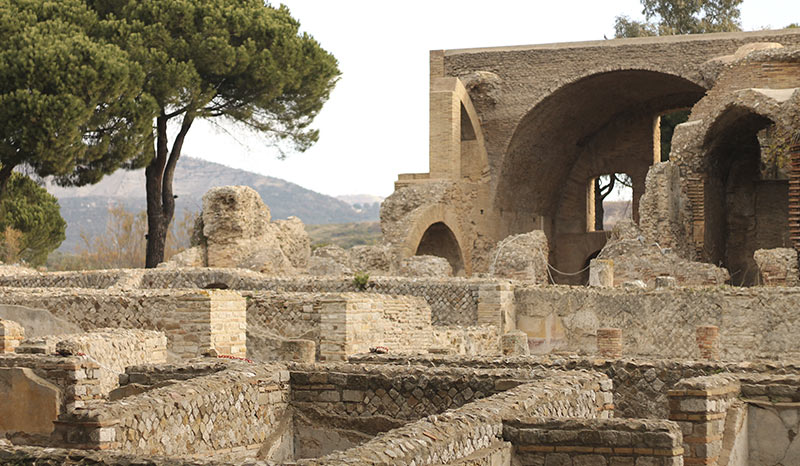
The complex of the Taurine Baths was considerably enlarged by the Roman emperor Hadrian (117 – 138 AD) from 123 to 136 AD. The thermal baths of the imperial era at the Taurine Baths were opened to all social classes, with some people having free access. In addition to the bathrooms, the imperial section of the Taurine Baths also contained a library and housing for sellers. During the imperial era, the baths became a popular resting site for visitors to the nearby port.
The thermal baths of Terme remained in use until the mid-sixth century, when a war between the Goths and the Byzantine Empire made them plunder. Most of the marble walls in the bathrooms were removed and the bathrooms fell into disuse. In 1770 the Papal State began to excavate parts of the site and built an Italian garden nearby, which is still visible.
During the reign of the Emperor Commodus, Aelius Lampridius reported that the emperor, finding the bath water lukewarm, had an attendant thrown into the oven while visiting the Taurine Baths. The Roman poet Rutilius Claudius Namatianus visited the baths in the fifth century and described them in his travel diary.



